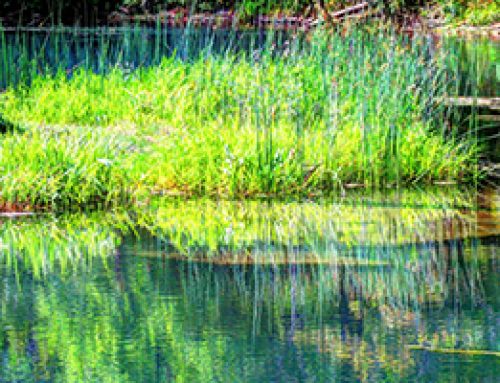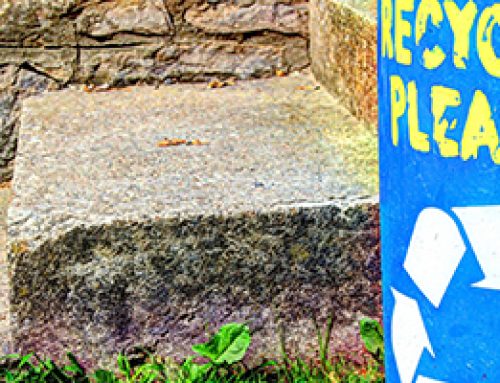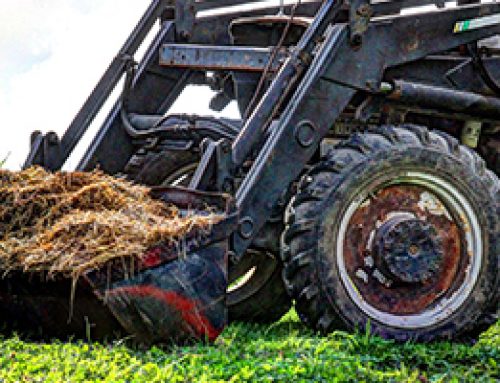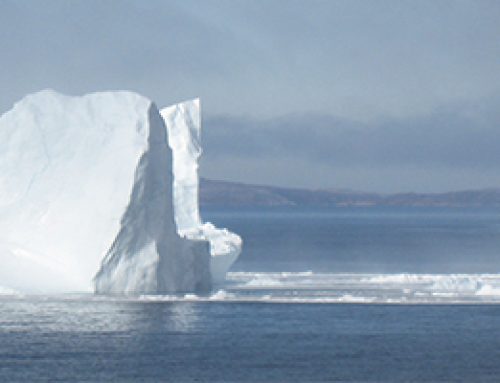Niagara is known globally for its natural assets. People who live and visit here enjoy our environment and have a responsibility to protect it. The Niagara Escarpment; Great Lakes Erie and Ontario; the Niagara River and Niagara Falls; and the unique microclimate in the northern part of the region that enables our farmers to grow grapes and tender fruits are all irreplaceable. This Sector looks at: air, land, water, waste and climate change in the Niagara context. Balancing the way we utilize these assets, and engaging people in taking steps to strengthen our environment is vital to our future.
Things We Are Doing Well
- The, “Adapting to climate change: Challenges for Niagara” report was released in 2012 by the Environmental Sustainability Research Centre at Brock University. It describes how climate is changing in the region; impacts that can be expected in the near future; protective activities underway; gaps to be addressed in order to develop and implement adaptation strategies; and relevant adaptation case studies in other parts of Ontario.
- The Niagara Peninsula Conservation Authority (NPCA) is one of 36 similar organizations under the umbrella of Conservation Ontario. NPCA manages 7200 acres on 37 properties, for their natural heritage and recreational value. A regular Watershed Report Card measures surface and groundwater quality and forest conditions, to provide residents with information to protect, enhance and improve surrounding resources.
- The Carbon Project led by the Niagara Sustainability Initiative is engaging businesses in proactively managing and reducing their organization’s carbon emissions. Primary benefits cited by participants include: enhanced brand; employee attraction/retention; identification of energy costs; and mitigation of risks.
- The Niagara Region Agricultural Policy and Action Committee has developed a value-added agriculture policy, and is a leader in the Golden Horseshoe (GH) Food and Farming Alliance. This Alliance demonstrates the socio-economic value of the $35 billion agri-food cluster based within the GH. The densely-populated GH area, stretching from Niagara to Hamilton, the GTA and the Holland Marsh includes over 1 million acres of farmland.
Emerging Activities
- Notable extreme weather events associated with global warming and climate change are occurring in Niagara, resulting in effects such as flooding, drought conditions, and cold weather damage to grape and tender fruit crops.
- The growing number of community gardens in Niagara and related opportunities for people to become more food secure by gaining food literacy skills are being promoted by diverse groups such as Greening Niagara and the Niagara Poverty Reduction Network.
- The Crowdsourcing Sustainability website was launched in 2013 by the Niagara Sustainability Initiative, to map and promote sustainability actions throughout Niagara.
- Niagara Region is one of 223 Canadian municipalities belonging to the Partners for Climate Protection Program of the Federation of Canadian Municipalities. In fulfillment of program milestones, a Niagara Region Corporate Climate Change Action Plan was completed in early 2013, with a long-term carbon emissions reduction goal of 10-15% by 2020. A companion Community Climate Change Action Plan was also launched, with a number of goals to be achieved by 2017. Goals include reducing greenhouse gas emissions and building the community’s resiliency to mitigate, adapt to and prepare for climate change.
Suggested Action Steps
- Engage diverse players in Niagara to collaboratively explore practical action steps related to the Environment Sector of this report.
- Leverage knowledge we have gathered about effects of climate change in the Niagara context, to drive community action toward a more resilient Niagara.
- Increase interconnectivity between knowledge transfer systems such as the Niagara Knowledge Exchange and the Crowdsourcing Sustainability tool.
- Enhance communication pathways to identify and tell stories of environmental action in Niagara, such as the Water Keepers and urban forest initiatives. This will help to raise awareness among citizens about practical ways they can take action, such as conserving water and energy, protecting water quality and contributing to biodiversity.
- Identify, describe and strengthen intersects between the Environment Sector and other Sectors, to increase our quality of life. For example, increased understanding of the relationship between Environment and Health and Wellness could inform the Implementation Phase of the Niagara Mental Health and Addictions Charter and the Healthy Kids Challenge initiative.
Indicators
- Quality
- Climate Change Planning
- Climate Change Community Action
- Agriculture
- Greenbelt Plan
- Green Space
- Land Use Planning
- Costs of garbage disposal
- Quantity of residential waste
- Quality
- Quantity








